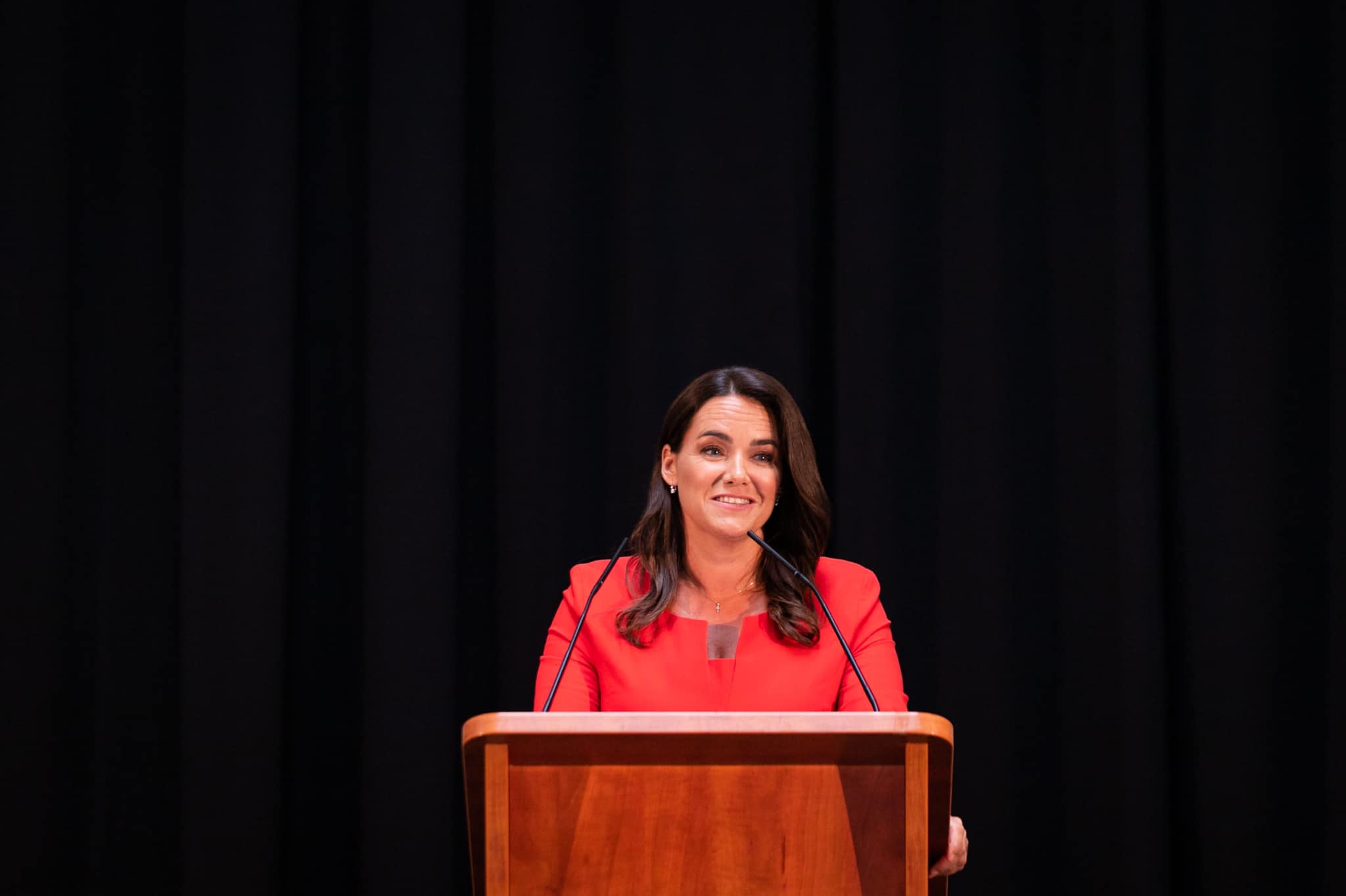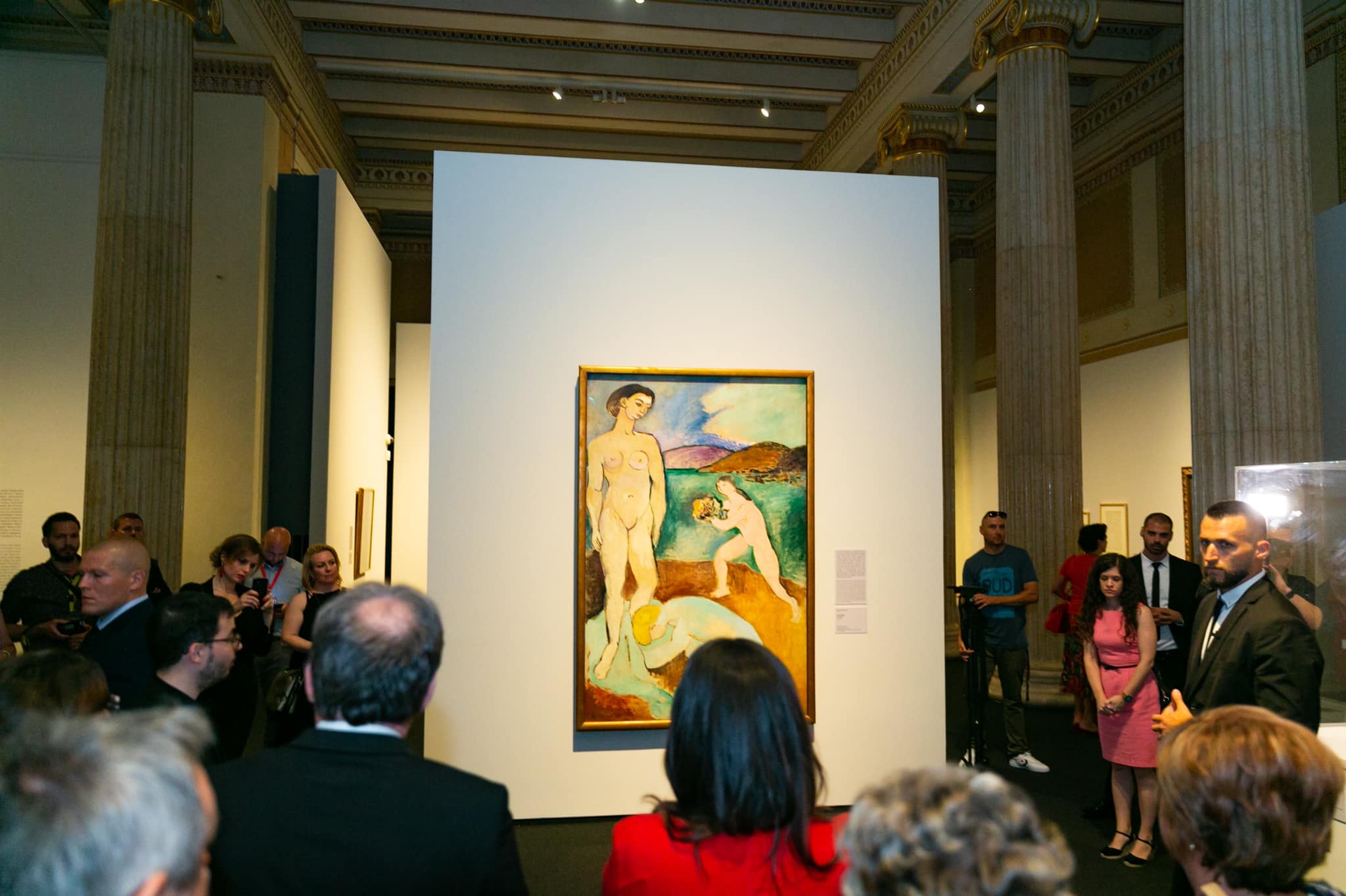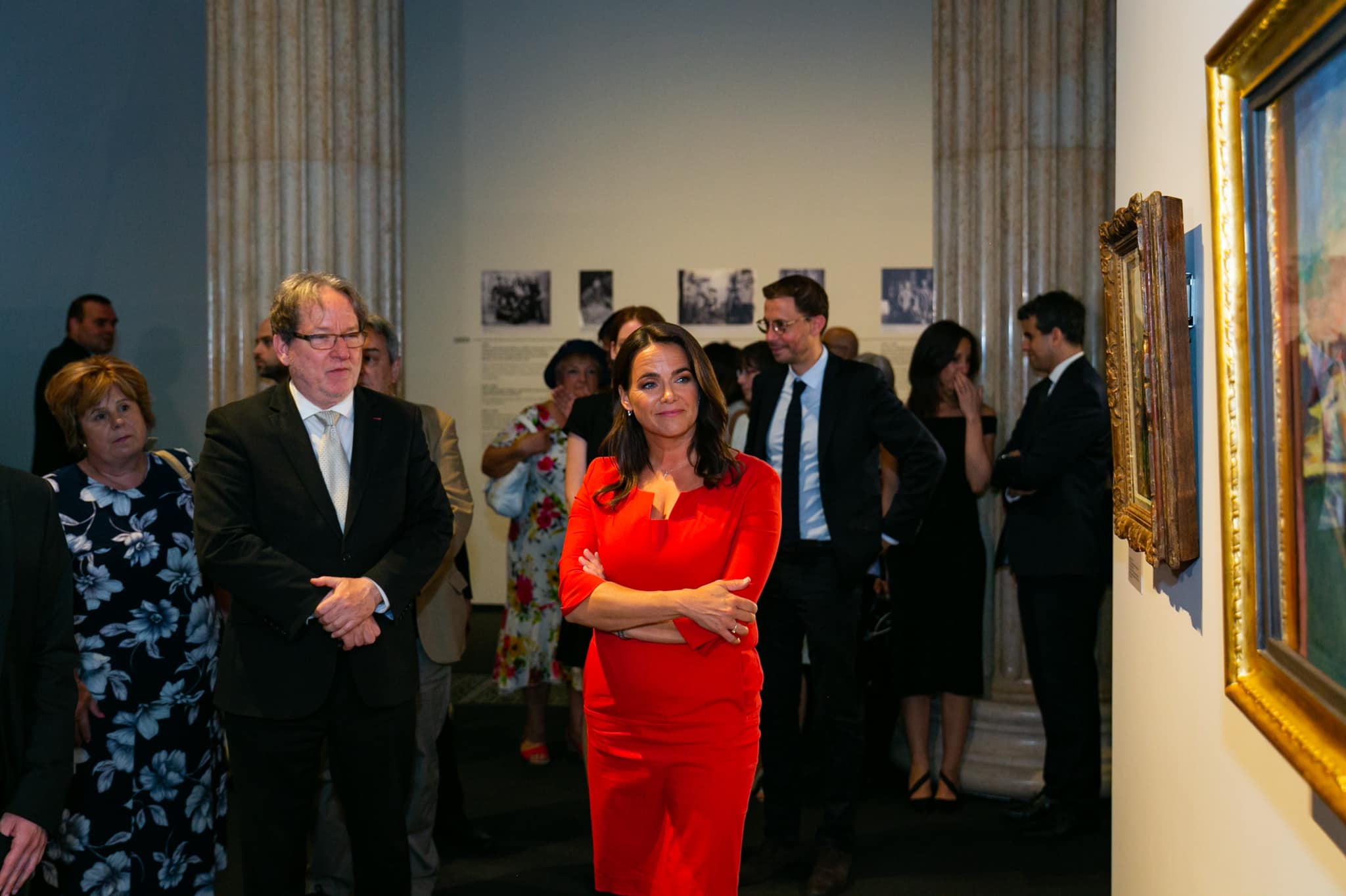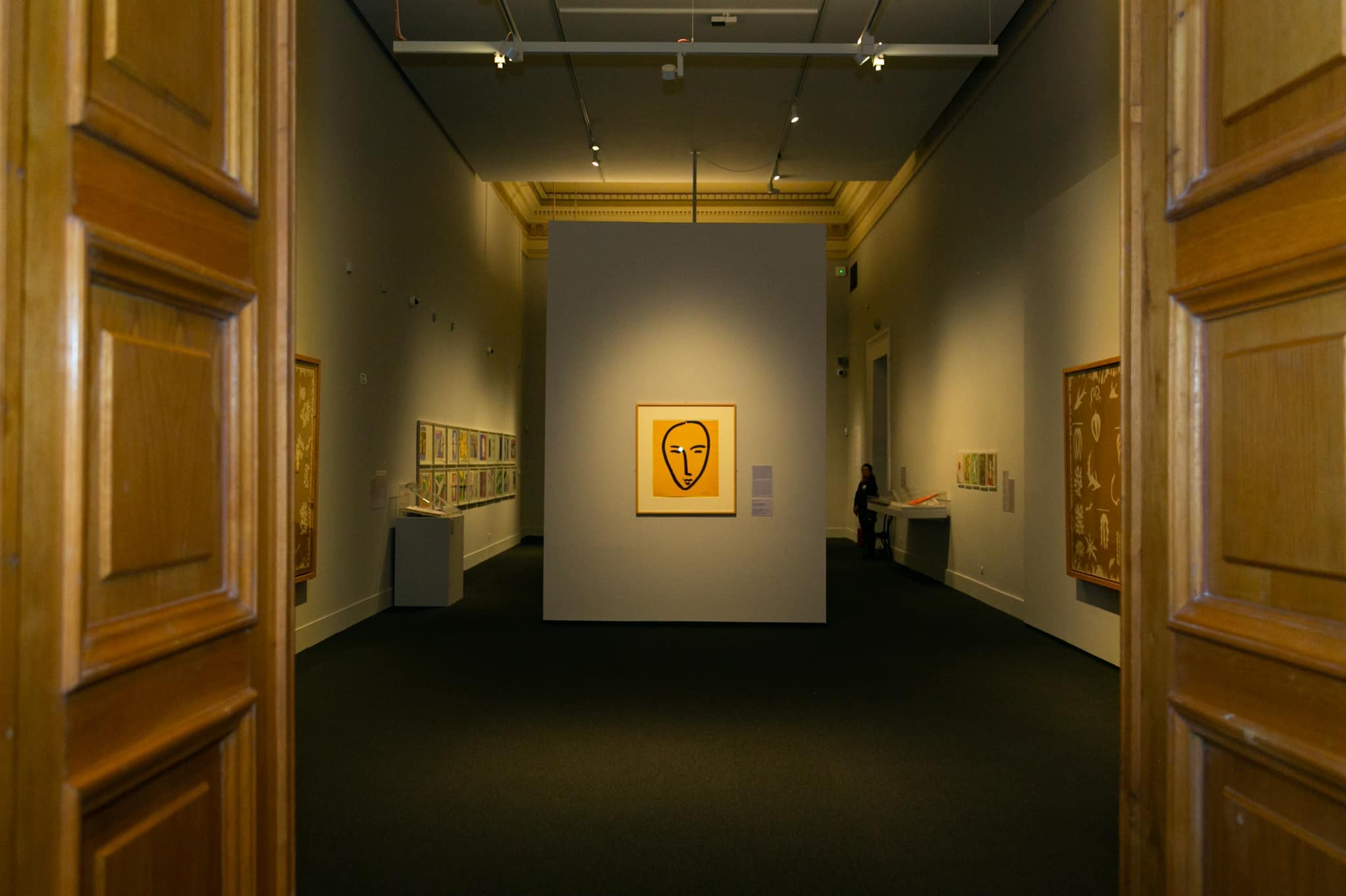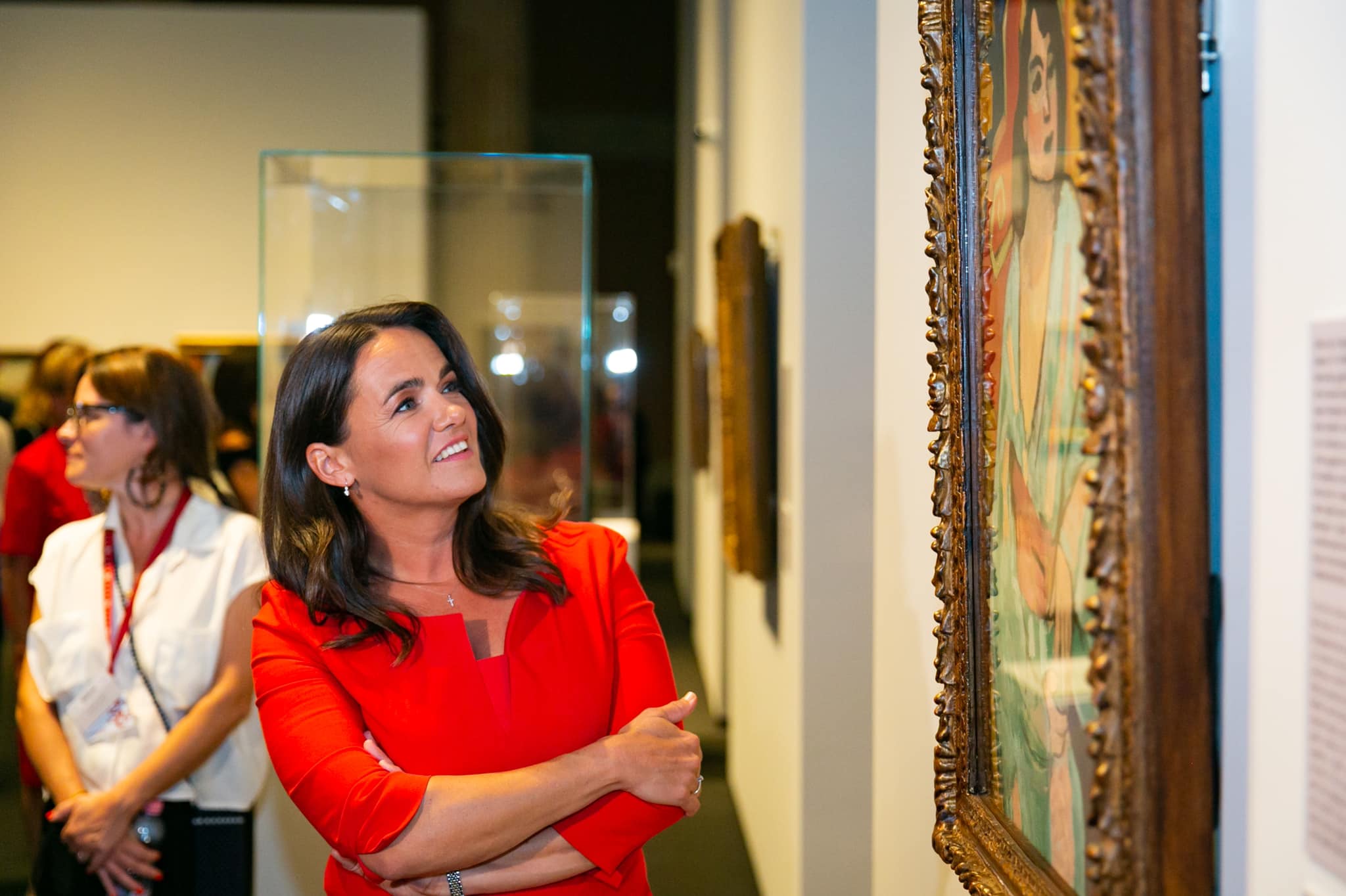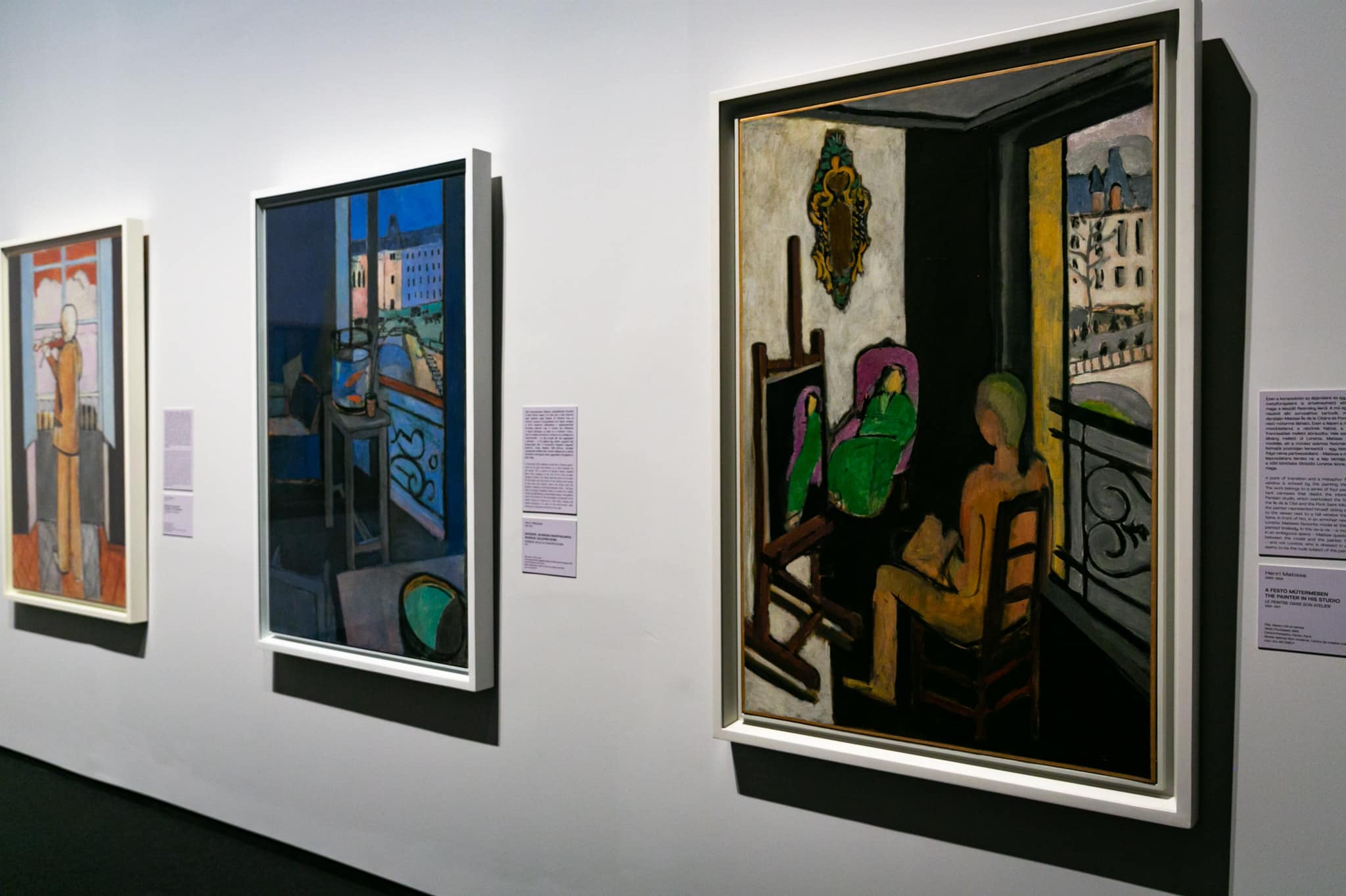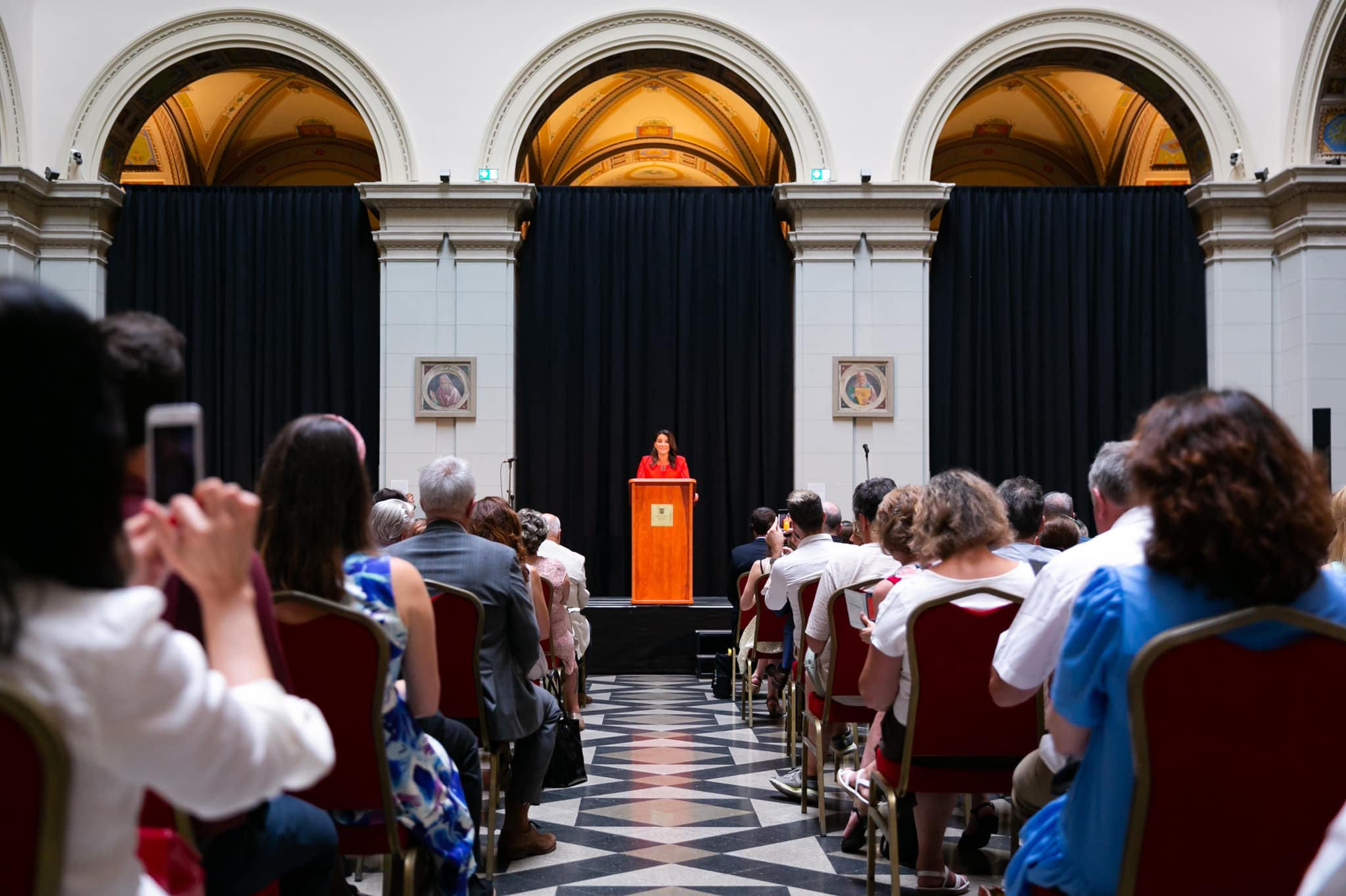Henri Matisse exhibition opening ceremony - Museum of Fine Arts
Today we are opening an exhibition of the works of a painter extraordinaire. We can be proud that Hungary is an attractive destination not only because of the beauty of Lake Balaton, good Hungarian cuisine, a family-friendly mentality and world-class sporting events, but also because fans of sophisticated culture can find delicacies here. Hungary offers high-class concerts of classical and popular music, theatre, artistic dance shows, circus, stunning architecture, stylish design and outstanding works of fine art.
We are now opening our umpteenth exhibition here at the Museum of Fine Arts, and I think we can say on behalf of all of us that we have become accustomed to a special experience whenever we come here. Not even the two years of the Covid pandemic could stop this - art lovers can continue their visits, can make pilgrimages to the Museum of Fine Arts in Budapest.
I almost shudder to think that, as the Director-General said, we can admire both Bosch and now Matisse in the same building. And so far, we have only mentioned the temporary exhibitions, which will continue for a few more weeks. However, the permanent exhibitions are not to be missed, either!
I am also personally delighted to be here today and to have opened this exhibition with you, because I am a great lover and, I would say, a fan of French art. This is particularly the case with French painting, and within it, Impressionism and Impressionist artists in general. Perhaps I can also tell you now that I needed a few years, a few decades of life experience to understand Henri Matisse. It was a little more difficult than it was to understand Monet, Manet, Sisley, Pissarro or even Toulouse-Lautrec, but now, in my mid-forties, I can not only enjoy but also appreciate the wonderful art of Henri Matisse.
As the Director is sitting here with us - and I thank him for coming all the way from Paris - I can also say that I have very fond memories of Paris, where admiring the artists and the art of Paris is also one of my fond memories.
I am very happy that we have the opportunity to meet now and open this exhibition together. And perhaps I could end here, if it was peacetime now. If we had peace now, I would end here, especially as we are opening an exhibition of an artist who himself was a cheerful, life-loving, serene individual, and who was forced to experience, to endure two world wars. So, in peacetime, I would just wish everyone here to enjoy the works, and I would finish my remarks, but this is not peacetime. Now, there is war.
We now ask ourselves, what can this war teach us? There is no good war and bad war, there is only war. And war is necessarily bad. And the opposite of war is not good war, but peace. Peace is what gives us the possibility to do good. We Hungarians want to win peace, not the war. And we would like to call on as many people as possible to do the same: that we should not want to win the war, but that we should want to win peace. Peace negotiations are like an open window, and this is what we can experience and admire in the works of Henri Matisse. Peace talks are the open window that can show a way out of the darkness.
Today we are opening an exhibition of the work of an artist who lived through the horrors of two world wars. But he did not only live through them, he went on creating all the way through them, too. After all, Henri Matisse never put down his brush. He didn't put down the brush in 1914, and he didn't put it down in 1939, only his colour palette changed to darker tones. He did not put down the brush because he knew that the work of art, the artist, art, culture are needed even in the darkest of times. He knew this and could not have done otherwise, because he had to create and he wanted to create. For him, it was an inner urge. And if we look back on his art from our perspective today, we realise what and how we can learn from him, through him. We can learn about the horrors of war, and it is thanks to him, to these works, to these artists, that we can understand why we must do everything we can to prevent the war in our neighbourhood from escalating.
The war launched by Russia a few hundred kilometres away is not just a threat, but a daily reality. Where families bury sons, fathers, brothers. There can be no winners in this war, only losers. All of us are and will be the losers of this war. To survive, to live, we need mothers and fathers to protect our families, we need the wisdom of our leaders, and we need the creativity of artists. Because artists can express our pain, our anger, our loneliness for us, in poetry, prose, song, pictures.
In this war, Russia is the aggressor, the leaders are responsible for the decisions, but that does not mean we can throw out Pushkin’s, Chekhov’s, Tolstoy’s or Solzhenitsyn's writings, Vysotsky's poems, Tchaikovsky's and Prokofiev's music, Rublyov's icons. You cannot put a rich culture in brackets even if you unanimously condemn the actions of a country's leader. We know what it is to be poisoned. Hungarians, Jews, Swabians, wealthy farmers, intellectuals, theists - not so long ago it was a mistake, a mortal sin, to be this or that.
Russia's war is a brutal physical aggression, but it does not and cannot justify condemning all Russians as collectively guilty. I can't say that Matisse would not have reached the same heights without his Russian art collector friend, but Shchukin certainly helped him reach the top.
We needed, need and will need Ukrainian and Russian culture and artists. But most of all we needed, need and will need peace. I wish all of you this, and so I wish you all a pleasant visit to the exhibition.
Thank you for listening!


